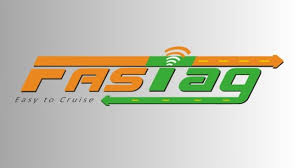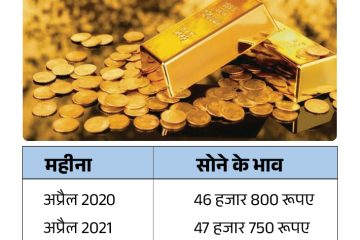Understanding FASTag: A Game Changer for Toll Payments in India

Introduction to FASTag
In an age where digital transactions are becoming the norm, FASTag has emerged as a significant reform in India’s toll collection system. Launched by the National Highways Authority of India (NHAI), FASTag is an electronic toll collection system that enables automatic deduction of toll charges without needing to stop at toll plazas. This not only helps in reducing congestion and wait times at toll booths but also promotes cashless transactions, aligning with India’s vision of a digital economy.
The Need for FASTag
The implementation of FASTag is a response to the rising number of vehicles on Indian roads and the consequent increase in traffic congestion at toll plazas. Prior to its rollout, commuters faced long queues, leading to frustration and wastage of time. With FASTag, vehicles equipped with the RFID (Radio Frequency Identification) tags can pass through toll gates seamlessly, ensuring a faster and more efficient travel experience.
Key Features and Benefits
FASTag is linked to a prepaid account from which the toll amount is automatically deducted as the vehicle passes through the toll plaza. Some of the notable features include:
- Cashless Transactions: Drivers can load money into their FASTag accounts and make payments effortlessly.
- Interoperability: FASTag works across various toll plazas on national highways, making it convenient for interstate travel.
- Real-time Tracking: Users can track their transactions in real-time through the FASTag mobile application.
Current Developments and Adoption
As of October 2023, the NHAI has reported a significant uptick in the adoption of FASTag across the country, with millions of tags issued since its launch. This surge in usage reflects a broader trend towards digital payment systems in India and has resulted in noticeably less congestion at toll plazas. Moreover, the government continues to enforce the mandatory use of FASTag for all vehicles, further integrating this system into the daily travel routines of millions of Indians.
Conclusion
FASTag has undoubtedly transformed the way toll payments are handled in India, ushering in an era of convenience and efficiency for road users. As technology continues to advance, the government’s push for a cashless economy will likely lead to further enhancements in the FASTag system, potentially integrating more features like advanced analytics for travel planning. For commuters, embracing FASTag not only leads to smoother journeys but also aligns with national objectives of digital inclusivity and sustainability.









